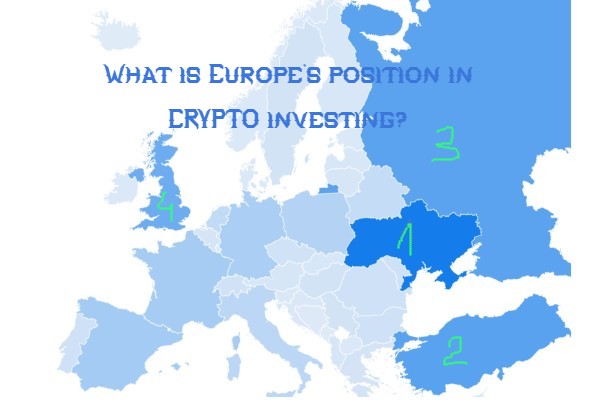The newest buzzword in the finance industry is crypto. TripleA, a cryptocurrency payment gateway, estimates that there are presently 31 million users of these digital assets in Europe.
With 263 million users, Asia leads the world, followed by North America (57 million) and Africa (38 million).
Depending on the nation, it differs greatly throughout Europe.
The nations of Eastern Europe are the greatest supporters of cryptocurrency investments, per the 2023 Global Crypto Adoption Index published by Chainalysis, a blockchain data platform with headquarters located in New York.
But when the world is considered as a whole, Europe is marginalized. The bright spot in cryptocurrency is the so-called “Global South.”
India has the greatest index score (1) and is the global leader in grassroots cryptocurrency adoption. Vietnam (0.568) and Nigeria (0.642) are the next two.
The US (0.367) and Ukraine (0.215) are in fourth and fifth position, respectively, with scores below 0.5. On the world’s top five and ten lists, the latter is the only nation from Europe.
Central and South Asia is the region with the largest adoption of cryptocurrencies, according to Chainalysis. In actuality, it is home to six of the top ten nations.
Although the price of Bitcoin is currently nearing its peak, the total market capitalization of cryptocurrencies has increased by 5% in only a single day to $2.44 trillion, which is greater than the GDP of Germany, the third-largest country in the world.
As cryptocurrency gains traction in the markets, integrating it into the established financial system is a laborious process.
As of December 2022, there were over 1,100 blockchain-related businesses operating in Europe, mostly in Switzerland, Liechtenstein, and northern Italy. Their combined value was $185 billion.
Many lower-middle-income (LMI) nations, including El Salvador, are also at the forefront of the bitcoin adoption trend. The nation became the first to mandate that Bitcoin be accepted by all establishments.
